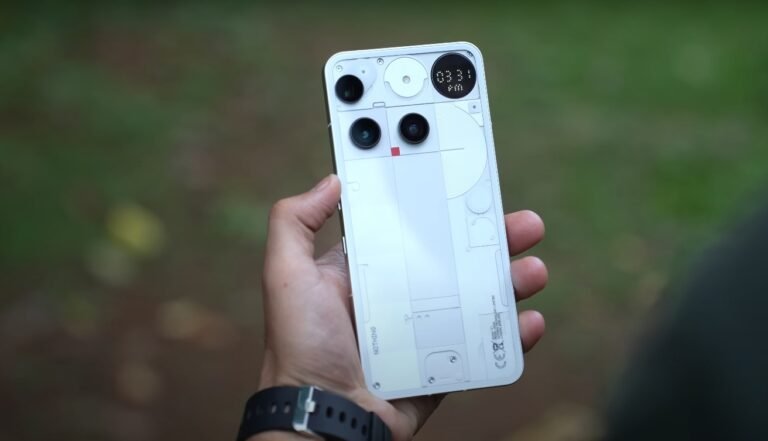Redmi 15 vs Oppo K-series: design, specs, price-comparison

Comparing Xiaomi’s Redmi 15 and Oppo’s K-series head-to-head
The Redmi 15 and Oppo K-series both target the affordable 5G segment, yet they take very different approaches to design and performance. The Redmi 15 goes big on display and battery, while the Oppo K-series focuses on compact design, faster charging, and refined build quality.
Design-wise, the Redmi 15 stands out with its massive 6.9-inch Full HD+ display, giving it a tablet-like feel for media and gaming. It’s paired with a smooth 144Hz refresh rate, making scrolling and animations fluid. The build feels solid, though its large size and weight make one-handed use challenging. In contrast, the Oppo K-series, such as the K13x, keeps things sleeker with a 6.67-inch body that’s easier to hold. Oppo also offers an IP65 rating, giving better protection against dust and splashes.
Performance is where both phones differ significantly. The Redmi 15 runs on the Snapdragon 6s Gen 3 chipset built on a 6nm process, offering reliable mid-range performance with efficient power usage. Oppo’s K13x, part of its K-series lineup, uses the MediaTek Dimensity 6300 chip, which also performs well for daily use but may trail slightly in sustained performance compared to the Snapdragon. Both handle regular multitasking smoothly, though heavy gaming may push them to their limits.

When it comes to display quality, the Redmi 15 has a clear advantage. Its 144Hz refresh rate beats the Oppo’s 120Hz panel, offering a smoother visual experience, especially for gamers. The colours are bright and accurate, ideal for streaming or browsing. Oppo’s screen, while slightly smaller, offers good clarity and brightness but can’t quite match Redmi’s fluidity in motion-heavy tasks.
Battery life is another area where the Redmi 15 pulls ahead. It features a 7000 mAh cell, which can last nearly two days of moderate use. Oppo’s K-series phones usually feature 6000 mAh batteries, still strong but not quite as long-lasting. However, Oppo compensates with faster charging — up to 45W — compared to Redmi’s 33W limit, meaning you can top up the K13x much quicker.
In terms of camera setup, both phones sport a 50MP main sensor with an 8MP selfie camera. The image quality is decent on both, with daylight shots looking sharp and colourful. Oppo tends to process images with slightly more contrast, while Redmi aims for a more natural tone. Neither competes with flagship camera phones, but both perform well for casual photography.
For software, both run Android 15-based systems — Redmi uses HyperOS, while Oppo runs ColorOS. Redmi’s interface feels slightly smoother and cleaner, while Oppo’s is richer in features and customisation options. Long-term software support remains similar, with both brands promising at least two years of major updates.
Pricing is where Oppo’s K-series often gains an edge. The K13x and other models typically start around £120–£140 equivalent, while the Redmi 15 starts slightly higher around £160, depending on RAM and storage variants. For that extra cost, Redmi delivers a bigger screen and better endurance, while Oppo offers faster charging and stronger protection.
Overall, if you prefer a large screen, long battery life, and smoother performance, the Redmi 15 is the better all-rounder. But if you want a compact, stylish, and fast-charging phone with added durability, the Oppo K-series holds its ground well. Both represent strong value in the mid-budget 5G category, catering to different kinds of users with distinct priorities.





